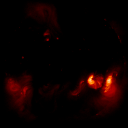
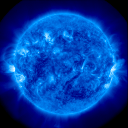
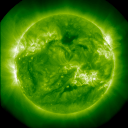
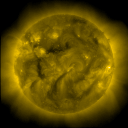
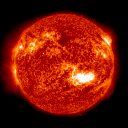
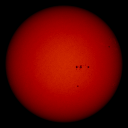
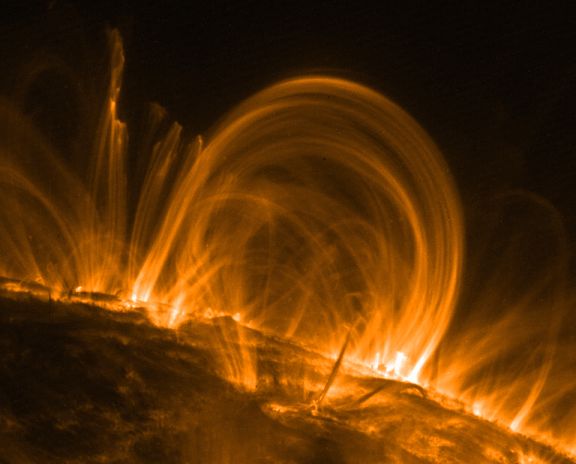
| Hinode 0.2-1.2 keV | SDO 17.1 nm | SDO 19.3 nm | SDO 21.1 nm | SDO 30.4 nm | SDO HMI Optical continuum |
|---|---|---|---|---|---|

|

|

|

|

|

|
|
Solar X-rays: Geomagnetic Field: |
|
![]()
ASTRONOMY HELP ROOM
Some useful websites to help explain specific astronomy topics:
From the
Perimeter Institute:
Alice and Bob in Wonderland ponder Olbers' paradox:
"Why is it dark at night?"
(60-second animation)
Animations/java applets for specific astrophysical concepts:
What's Visible in the Heavens tonight?
On-line Astronomy Notes:
Some interesting/useful/fun websites:
Some Interesting Current Events Websites:
NASA missions and more useful websites:
Some astronomy & science organizations:
This page was last updated on 2020 Jan 20
*Free* tutoring for SDSU Astronomy students.
Physics-Astronomy building PA-215.
Mon: 9:30 - 1:30
Tue: 5:00 - 6:00
Wed: 11:00 - 12:00; 3:30 - 4:30
Thu: 1:00 - 3:00
Fri: 12:00 -1:00
![]()
Alice and Bob in Wonderland ask,
"Why doesn't the moon fall down??"
NASA's Space Weather Bureau
(SpaceWeather.com)
Infrared: More Than Your Eyes Can See from the Spitzer Space
Telescope.
Infrared: More Than Your Eyes Can See from the Spitzer Space
Telescope. [YouTube version]
How Eratosthenes measured the circumference of the Earth
What are constellations? by C. Dolan @ U. Wisconsin Madison
The Constellations and their Stars by C. Dolan @ U. Wisconsin Madison
Celestial sphere, Earth's rotation, elipses & phases of the Moon, etc.
from the texbook "21st Century Astronomy" by Hester et al.
A blackbody curve applet from Mike Lee @ Davidson College
Kepler's
Laws animation by Ming Zhu @ U. Toronto
Epicycle animation also by Ming Zhu
Parallax, Doppler effect, eclipses, etc. from a large collection of
applets written by Rob Scharein
"This Week's Sky at a Glance" from Sky and Telescope
SkyMaps.com provides
a current star chart and celestial events calendar each month.
The Sky This Week from the U.S. Naval Observatory
The Night Sky by
the Univ. Manchester/Jodrell Bank Observatory
NightSky info from Space.com
Sky & Telescope Magazine's 10-page guide to getting started in
observing the heavens:
Sky & Telescope: Getting Started (.pdf); It includes a Moon map and
star charts for different times of the year, as seen from the Northern
hemisphere. See the web page
Getting Started in Astronomy PDFs for more info on the file.
Copyright 2003 Sky Publishing Corp.
NASA's
Eclipse Home Page
PBS Seeing In The Dark has an on-line star chart software called
Your Sky
Tonight. Software from the textbook is faster and more complete,
but this works too. Hint: click on the "horizon facing south" link at
first to get things oriented most easily.
Astronomy Notes: A great set of astronomy notes by Nick Strobel.
"Time Scales" from Strobel's Astronomy Notes.
Nine Planets
(by Bill Arnett)
Two comprehensive course WWWeb pages from the Astro Dept, Univ. of
Tennessee:
(1) Astronomy 161: The Solar System
(2) Astronomy 162: Stars, Galaxies, and Cosmology
A Survey of Intro Astronomy Class Web pages by R. Hudson @ Eckerd
College.
SDSU Astronomy Dept. & Mt. Laguna
Observatory
Some images from SDSU's Mt. Laguna Observatory
Astronomy
Picture of the Day
"Hubble Site"
(HST images and info)
Hubble Space Telescope
"Heritage Project" (more great HST images)
NASA Space Science
photo gallery (plus latest images from spacecraft)
PBS's Seeing in
the Dark website, and the fun
Birthday Stars page.
NASA's Mars Exploration
Program
NASA's Mars
Exploration Rover Mission
The Cassini-Huygens
Mission
"Eris" (aka "Xena" or 2003 UB313), a new planet larger than Pluto
(from Astrobiology Magazine). See also:
A tenth planet beyond Pluto: 2003 UB313
from co-discoverer Mike Brown @ Caltech
More on
2003 UB313 from The Planetary Society.
The most distant object in the Solar System:
Sedna
announced 2004 March 15.
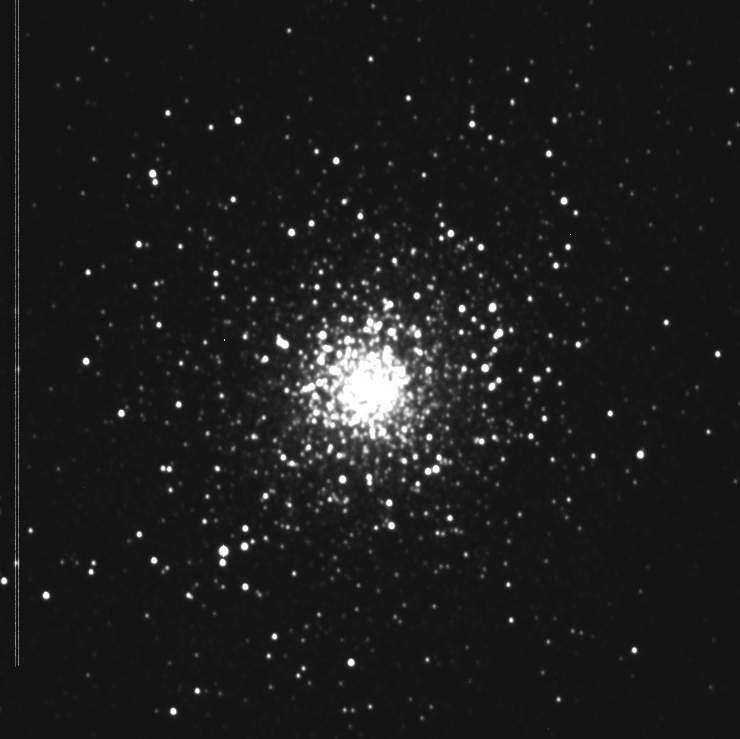
 Figure Caption: The Pleiades open star cluster. (credit: APOD)
Figure Caption: The Pleiades open star cluster. (credit: APOD)
Figure Caption: The globular cluster "M5", observed at SDSU's Mt.
Laguna Observatory.
NASA/JPL
PhotoJournal
A Solar System Simulator
NASA "Liftoff to Space
Exploration"
NASA's "Imagine the Universe: black holes" (intro astronomy
topics)
Voyager ("I'm
not dead yet!")
"What Have We Done For You Lately? NASA Connections to Everyday Life"
ESO (European Southern Observatory)
VLT site (cool photos & press releases)
Near-Earth Objects:
There are hundreds of potentially hazardous asteroids - are we gonna
get clobbered?
McDonald Laser
Ranging
Windows to the Universe
(Univ. of Michigan)
Satellite image of pacific & western US (enhanced IR)
The Green Flash (Andrew Young)
Sky & Telescope Magazine
Astronomy Magazine
StarDate (online version of the
world-wide radio program)
Universero (= StarDate in Spanish)
Astronomical Society of the
Pacific: ASP
American Association of Variable Star
Observers: AAVSO
Association for Women in Science: AWIS
Variable Star Network:
VSNet (a great amateur astronomer research site from Japan)
US Naval
Observatory Master Clock
A large set of
general astronomy related sites from my Astr310
Astrobiology course website